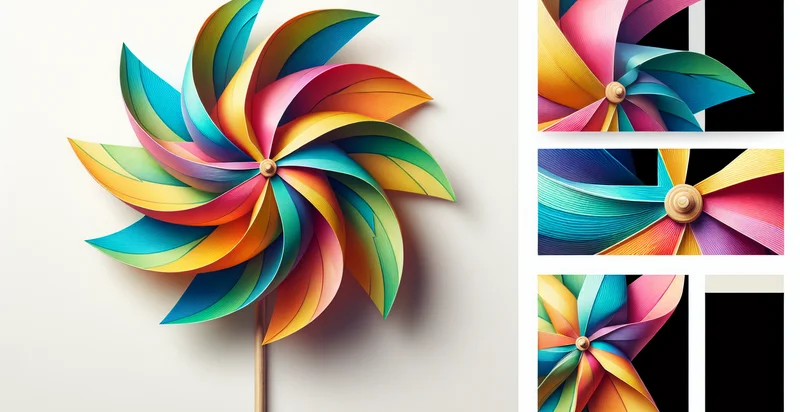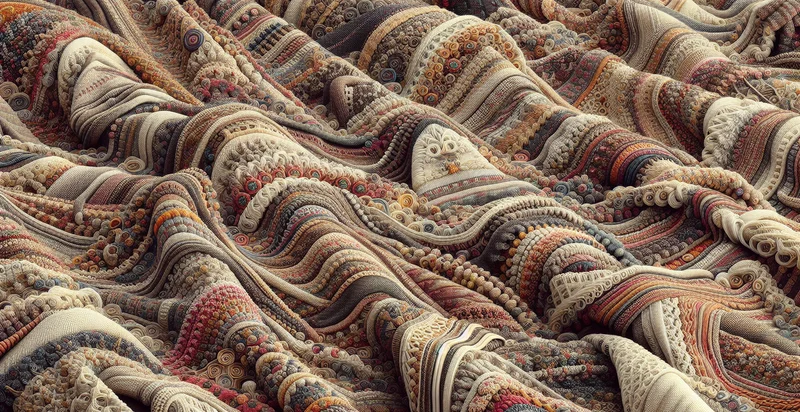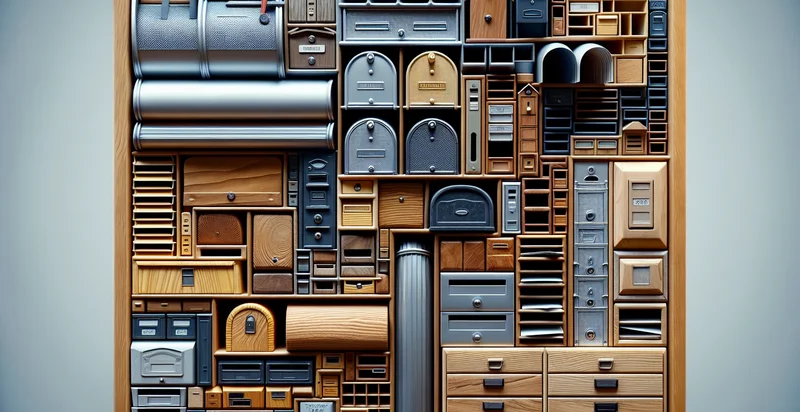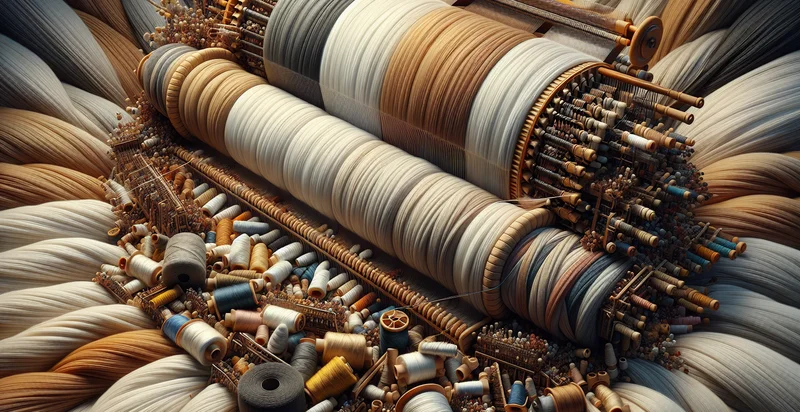Identify what material a pinwheel is made from
using AI
Below is a free classifier to identify what material a pinwheel is made from. Just upload your image, and our AI will predict what material a pinwheel is made from - in just seconds.

Contact us for API access
Or, use Nyckel to build highly-accurate custom classifiers in just minutes. No PhD required.
Get started
import nyckel
credentials = nyckel.Credentials("YOUR_CLIENT_ID", "YOUR_CLIENT_SECRET")
nyckel.invoke("what-material-a-pinwheel-is-made-from", "your_image_url", credentials)
fetch('https://www.nyckel.com/v1/functions/what-material-a-pinwheel-is-made-from/invoke', {
method: 'POST',
headers: {
'Authorization': 'Bearer ' + 'YOUR_BEARER_TOKEN',
'Content-Type': 'application/json',
},
body: JSON.stringify(
{"data": "your_image_url"}
)
})
.then(response => response.json())
.then(data => console.log(data));
curl -X POST \
-H "Content-Type: application/json" \
-H "Authorization: Bearer YOUR_BEARER_TOKEN" \
-d '{"data": "your_image_url"}' \
https://www.nyckel.com/v1/functions/what-material-a-pinwheel-is-made-from/invoke
How this classifier works
To start, upload your image. Our AI tool will then predict what material a pinwheel is made from.
This pretrained image model uses a Nyckel-created dataset and has 10 labels, including Cardboard, Ceramic, Fabric, Foam, Glass, Metal, Paper, Plastic, Rubber and Wood.
We'll also show a confidence score (the higher the number, the more confident the AI model is around what material a pinwheel is made from).
Whether you're just curious or building what material a pinwheel is made from detection into your application, we hope our classifier proves helpful.
Related Classifiers
Need to identify what material a pinwheel is made from at scale?
Get API or Zapier access to this classifier for free. It's perfect for:
- Material Quality Assessment: A toy manufacturer can use the pinwheel material classifier to ensure that the materials used in production meet safety and quality standards. By identifying the material composition, they can avoid using harmful or subpar materials, ensuring better product quality and customer satisfaction.
- Supply Chain Management: Retailers can implement this functionality to assess and verify the materials of pinwheels from various suppliers. By ensuring that the products are made from agreed-upon materials, businesses can improve supply chain reliability and reduce discrepancies.
- Product Warranty Claims: When customers return pinwheels under warranty, companies can use the material classifier to evaluate if the returned item matches the original claimed materials. This can streamline the claim process and help identify any fraud scenarios.
- Environmental Impact Analysis: Environmental organizations can utilize this function to analyze the material composition of pinwheels, assessing their eco-friendliness. This can help in determining the environmental impact of these toys and promoting sustainable material usage.
- Market Research and Analysis: Brands can leverage the classification function to gather data on the materials most commonly used in pinwheels across different market segments. This insight can inform product development strategies and assist in identifying new market opportunities.
- Consumer Education: Retailers can provide information to consumers about the material composition of pinwheels. By using the classification function, they can enhance product transparency, helping consumers make informed purchasing decisions based on material safety and environmental concerns.
- Design Customization: Event planners or custom pinwheel designers can utilize the material classifier to ensure that the materials used in bespoke designs align with customer preferences and event themes. This ensures that the final products are tailored to meet client specifications and aesthetic desires.


